As I was passing through an airport, I saw the book "Drive" by Daniel Pink in the book store. I found myself immediately picking it up and starting to read. As a person involved in producing software for calculating sales commissions and incentives, I had a natural desire to understand and learn about human motivational behaviors. But on reflection I realized that I had started picking up the book even before really knowing what it was about. It was clear it must have been something about the cover. What was it about the cover that got me to automatically like the book and act on it almost without intention?
Research on packaging and consumer behavior illuminate an non-intuitive finding. The right packaging not only gets the sale but it also increases the consumer's satisfaction with the product itself. The right book cover can actually make the person happier for having read the book. There is a lot of research in this area and there are a lot of companies dedicated to helping you design just the right cover for your book. Some of the creations are astonishing and as wonderful as any artwork you may run into at the gallery.
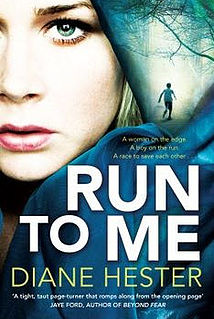
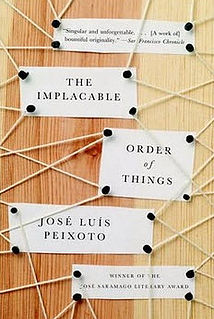
 .
.
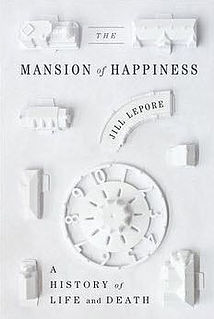


You hear frequently, the saying, 'don't judge a book by the cover'. The very fact that the saying is popular is testament to the powerful impulse to make judgments with limited information. We go around making judgments all the time with very limited information. When we apply such a quick judgment to humans, we call that prejudice and probably where the above saying came from. But there is no such stricture against other aspects of such quick assessments. If we came across a larger dog we are inherently more cautious than with a smaller one, though for all we know, the smaller one is the vicious biter.
It seems hardwired in us to make those sort of quick judgments and must have been an evolutionary adaptation. We make these kinds of judgments constantly and unconsciously. About everything in our lives. It actually takes conscious effort and time to not make those quick judgments. It follows that we make the same sort of judgments when we use hardware devices and software applications. We may be making judgments about a new application almost the very minute we lay eyes on it. So even before you touch the device or application and use it, we may have framed our expectations of our upcoming experience. The very initial usability of the application may be ultimately critical in the adoption of our application. Going back to my experience...
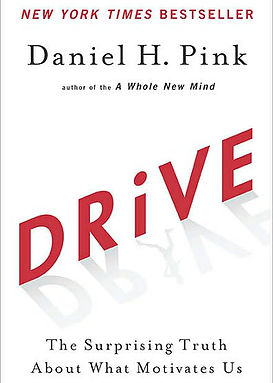
.jpg)
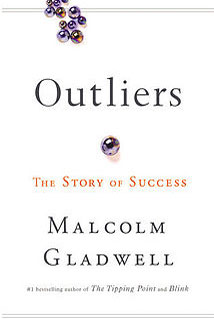



When I saw the book, my subconscious seems to have intuitively associated that with a whole class of similar books and created an expectation of a pleasurable experience. With that expectation, my body seems to have automatically reacted and engaged with the book.
The following statement from a researcher in the area, explained it better.
“The cover telegraphs the story – when you see the title, you should have a flash of intuition; you should have a sense of an impending story". Peter Hildick-Smith, President, Codex Group.
I had that flash of intuition and the sense of an impending story, and I acted on it.
As engineers we worry a lot about the functionality of our application similar to the content of a book created by a writer. But if you don't understand how an user/reader reacts to the app/book, you are very likely to not achieve a goal of creating a successful app/book.